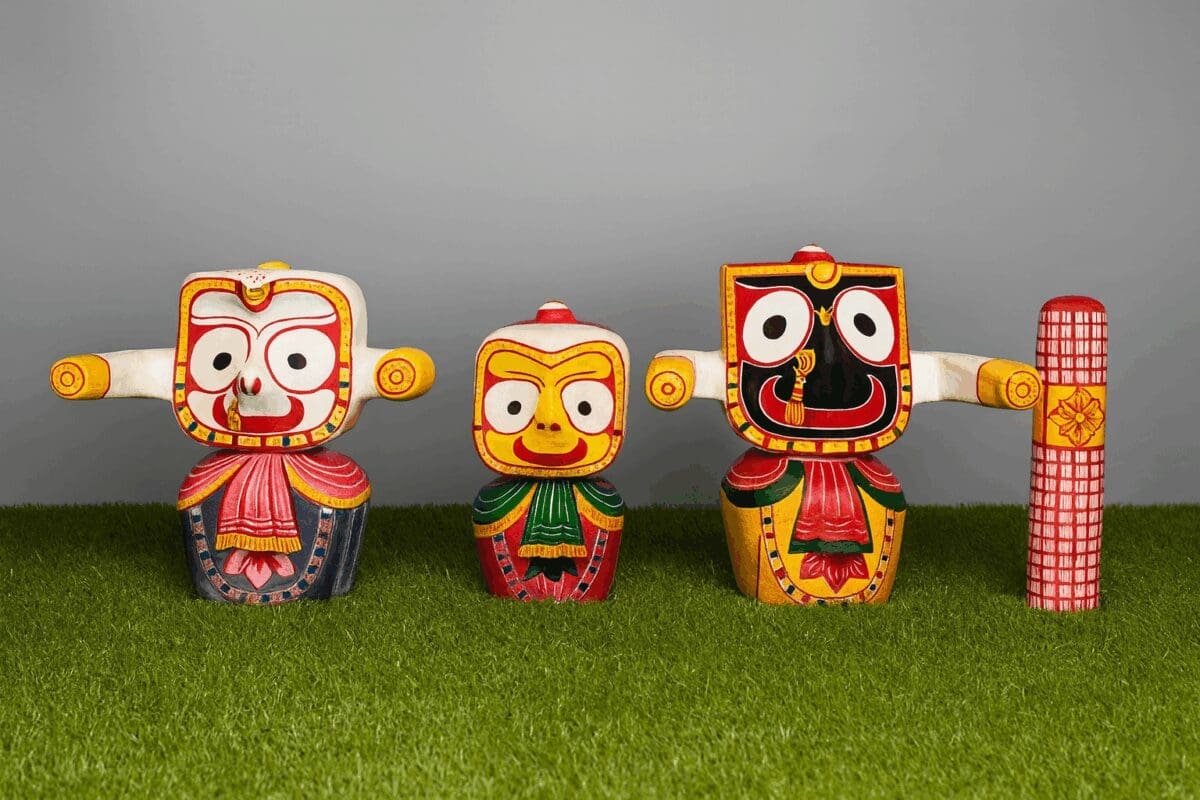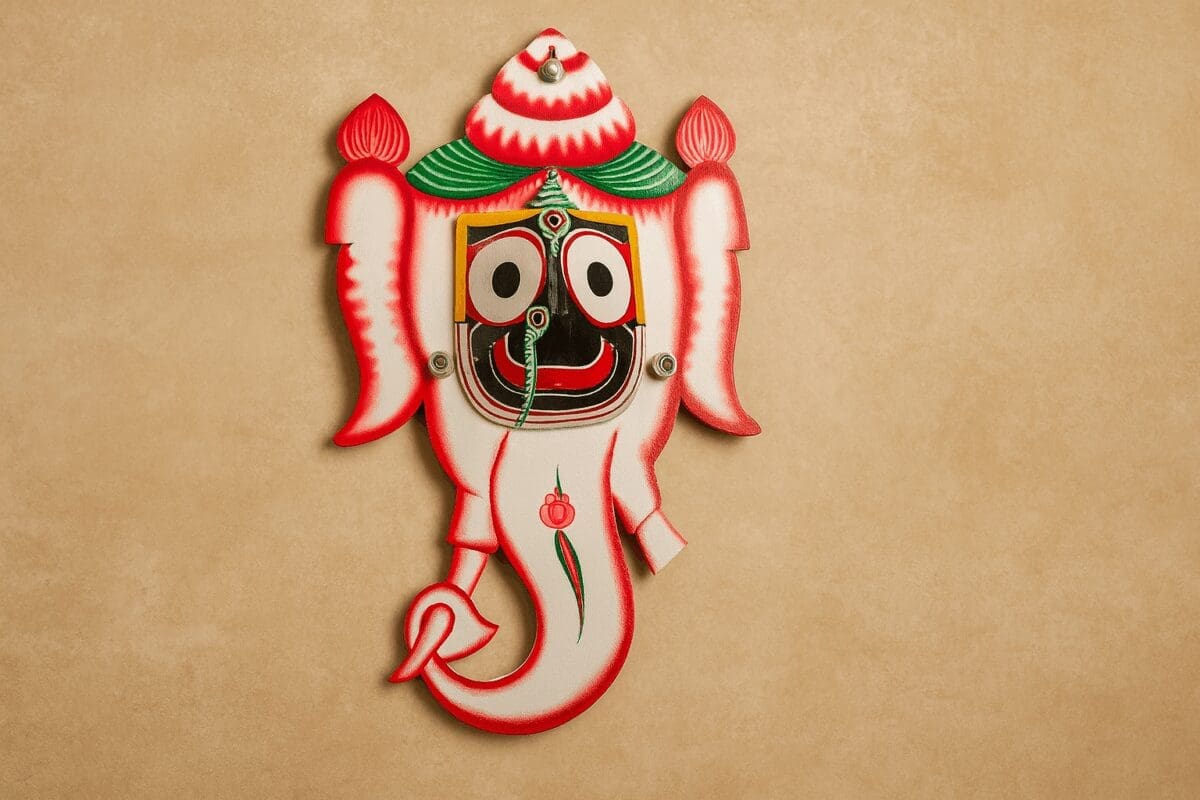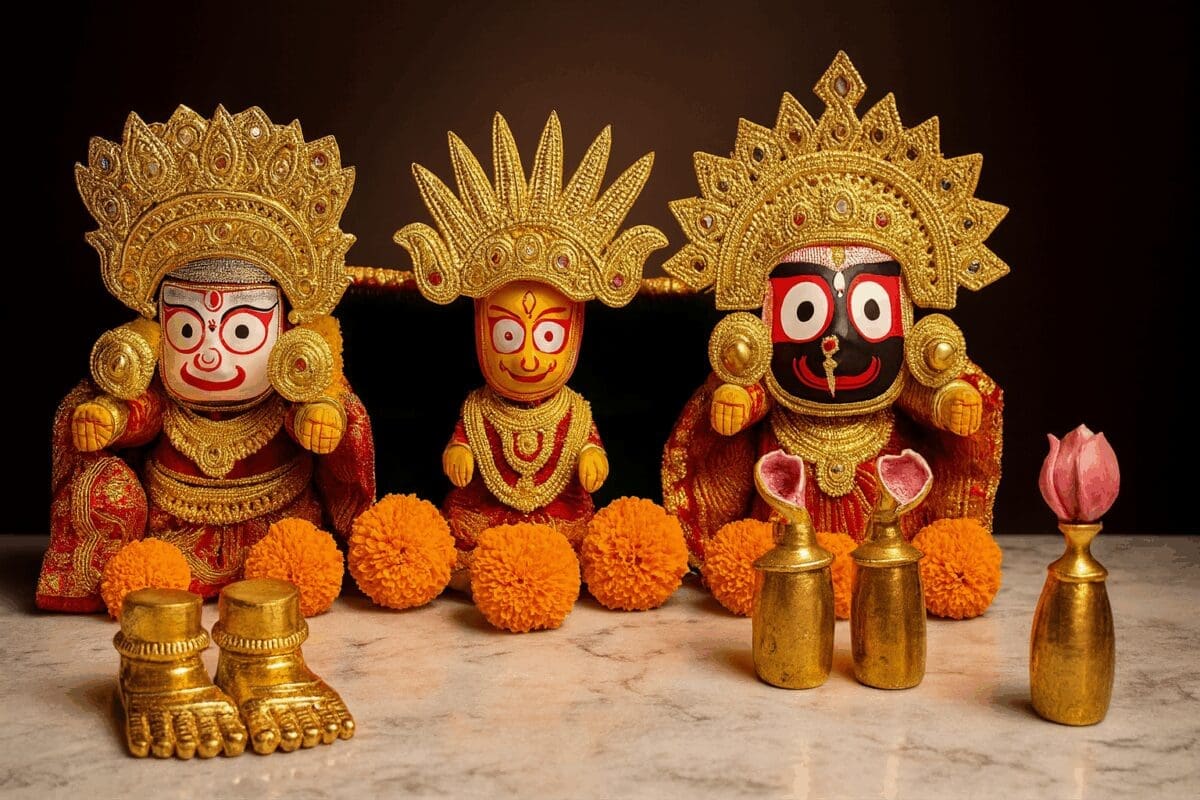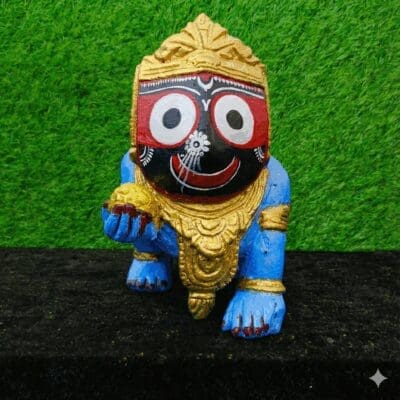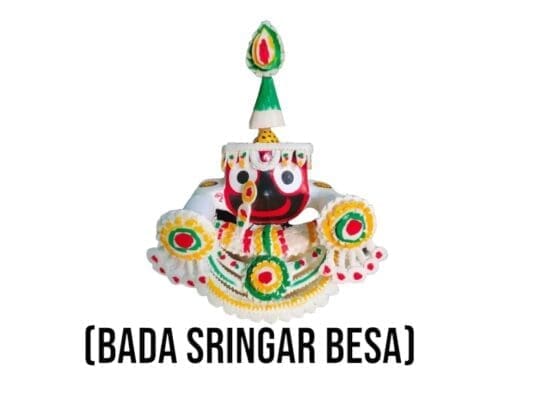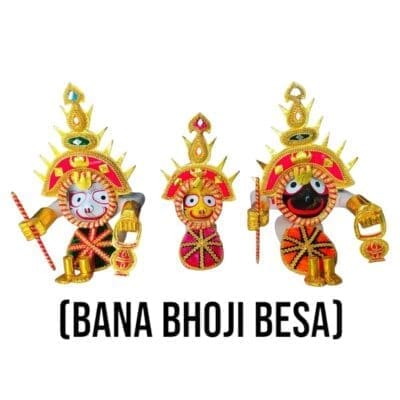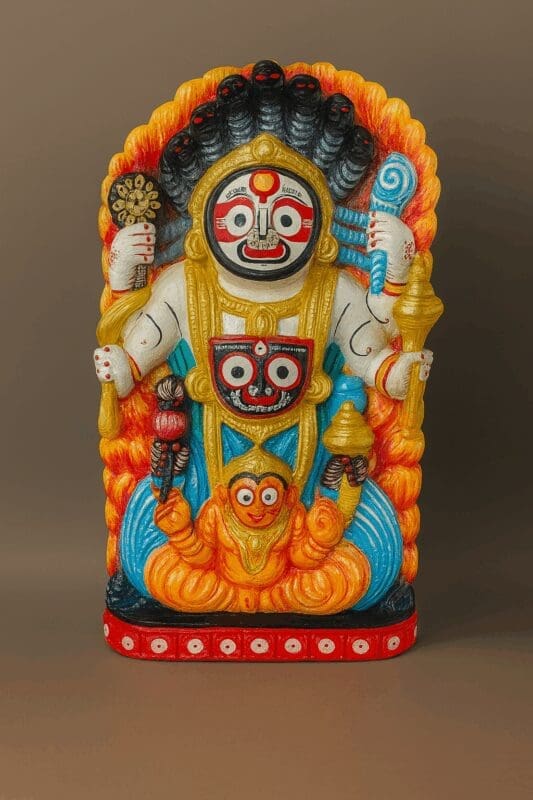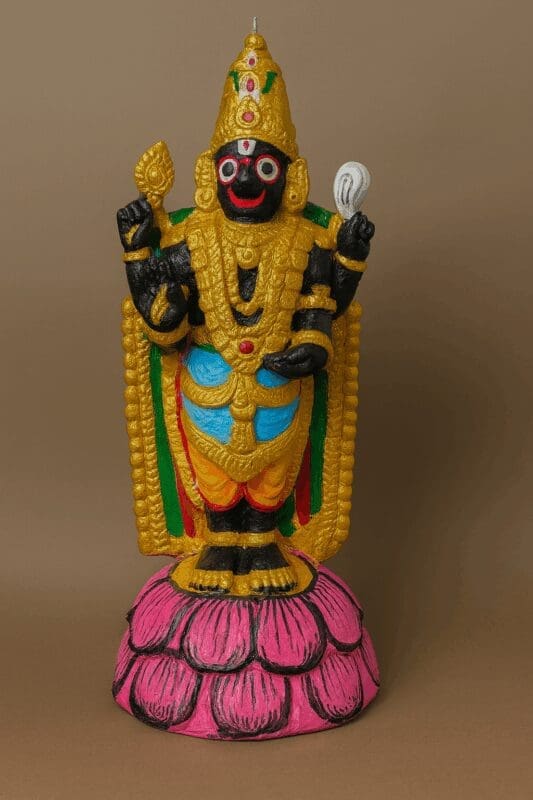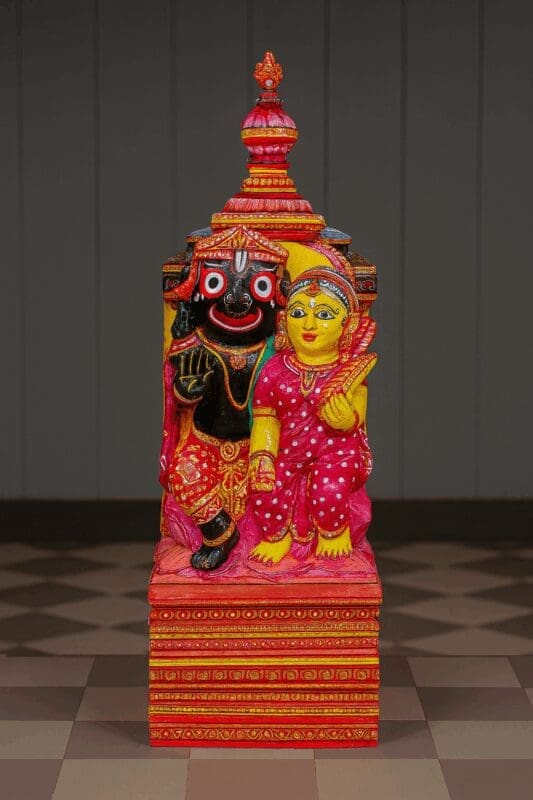 Kaumodaki Gada: Vishnu’s Mace and its Cosmic Power (Ch. 30)
Kaumodaki Gada: Vishnu’s Mace and its Cosmic Power (Ch. 30)
Chapter 30 of “Sri Jagannath Puran” invites us to delve into the symbolism and power of Kaumodaki Gada, the divine mace wielded by Lord Vishnu. As a historian fascinated by the cultural and religious significance of weaponry in ancient societies, this chapter offers a captivating glimpse into the mythology, symbolism, and mystical attributes associated with this divine weapon.
Kaumodaki Gada: A Weapon of Divine Authority
The Kaumodaki Gada, a formidable mace with a radiant glow, is one of the four primary attributes of Lord Vishnu, along with the Sudarshana Chakra (discus), the Panchajanya (conch shell), and the Padma (lotus). It is believed to possess immense power, capable of shattering mountains, subduing demons, and upholding cosmic order. In a sense, it represents the force required to maintain balance and dharma (righteousness) in the universe.
Historically, weapons have held both practical and symbolic significance in various cultures. In ancient India, weapons were often associated with specific deities, representing their attributes and their role in maintaining balance and justice in the universe. The “Sri Jagannath Puran” reflects this tradition by dedicating a chapter to the Kaumodaki Gada, highlighting its divine origins and its association with Lord Vishnu’s power and authority.
Symbolism of the Mace: Strength, Protection, and Wisdom
The chapter describes the Kaumodaki Gada as a multi-faceted symbol of strength, power, and protection. It represents Vishnu’s ability to overcome obstacles, vanquish evil, and safeguard the universe from harm. The mace also symbolizes the power of knowledge and wisdom, which can be used to dispel ignorance and illuminate the path towards spiritual liberation.
The text suggests that meditating on the Kaumodaki Gada or reciting hymns dedicated to it can bestow various benefits, including physical strength, courage, protection from enemies, and spiritual enlightenment. This reflects the ancient Indian belief in the power of mantras and symbolic objects to invoke divine grace and achieve specific outcomes.
Mystical Dimensions: The Gada’s Divine Attributes
The chapter imbues the Kaumodaki Gada with mystical qualities, portraying it as a divine weapon capable of not only destroying physical obstacles but also dispelling spiritual darkness and ignorance. It is seen as a source of divine energy that can empower devotees and guide them towards spiritual liberation.
The text also suggests that the Kaumodaki Gada represents the power of self-control and discipline. Just as the mace is wielded with precision and control by Lord Vishnu, individuals can harness their inner strength and overcome negative tendencies through self-discipline and dedicated spiritual practice.
Connecting with the Present: The Enduring Symbolism of the Mace
The Kaumodaki Gada continues to be an important symbol in Hinduism today, often depicted in iconography and associated with Lord Vishnu’s power and benevolence. It represents the divine ability to protect and guide devotees, as well as the importance of inner strength and self-discipline in overcoming challenges.
For the modern reader, this chapter offers a glimpse into the rich tapestry of Hindu symbolism and the diverse ways in which the divine is represented and invoked. It encourages us to appreciate the deeper meanings embedded within religious traditions and to recognize the power of symbols to inspire and uplift the human spirit.
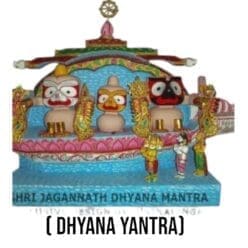 Dhyana Yantra
₹ 105,625.00
Dhyana Yantra
₹ 105,625.00 Grace Shawl for Pooja/fastival moments and Temple Visit
From ₹ 675.00
Grace Shawl for Pooja/fastival moments and Temple Visit
From ₹ 675.00 Bije kahali For Shri Jagannath Mahaprabhu
Bije kahali For Shri Jagannath Mahaprabhu




